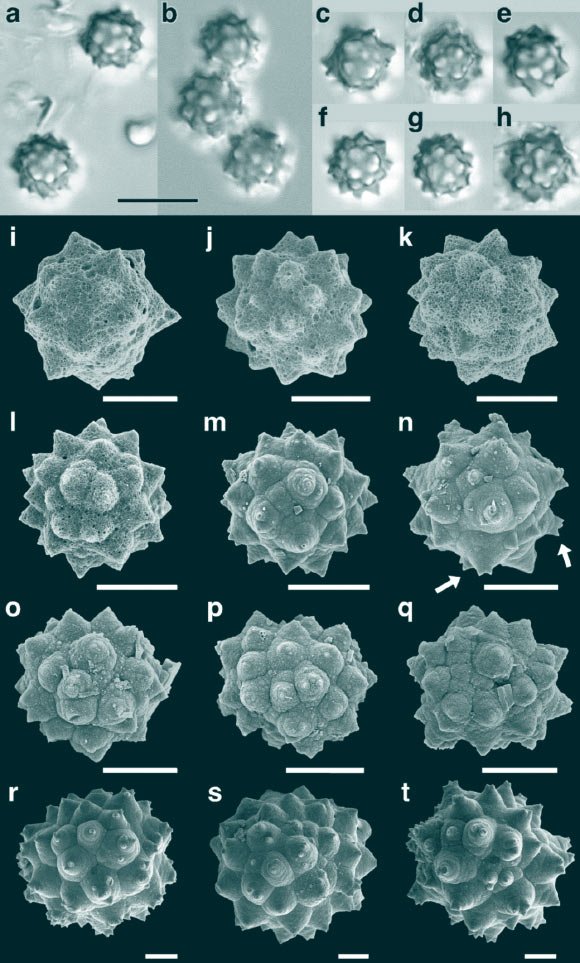Legionella is an atypical cause of community-acquired pneumonia that often presents with a prodrome of fever, malaise, fatigue, and occasionally diarrhea before respiratory symptoms.

This electron micrograph depicts an amoeba, Hartmannella vermiformis (orange), as it entraps a Legionella pneumophila bacterium (green) with an extended pseudopod. Image credit: Barry S. Fields / CDC.
Legionella are aerobic gram-negative bacilli that live in association with amoeba in natural water sources, such as lakes and rivers, and proliferate in the stagnant, warm water found in plumbing systems, air conditioners, and public spas.
Legionellosis is an umbrella term that encompasses both Pontiac fever and legionnaires’ disease: the former is the milder of the two illnesses, with a self-limited trajectory within 2-5 days of symptom onset; conversely, the latter manifests as bacterial pneumonia.
Legionnaires’ disease is an atypical cause of community-acquired pneumonia and accounts for around 4% of all new diagnoses of pneumonia.
In Canada, fewer than 100 cases of legionnaires’ disease are reported each year, but owing to diagnostic challenges, cases are likely under-reported.
It occurs more frequently during periods of warm weather (late summer to early fall in North America).
Risk factors include age older than 40 years, smoking, alcohol consumption, chronic lung disease, chronic kidney disease, diabetes, immunocompromise, and recent travel.
“Legionella infection represents a public health hazard owing to its ability to spread through exposure to natural water bodies and human-made water reservoirs,” said Dr. Ashley Bryson, an internal medicine resident at the University of Manitoba.
In their new paper, Dr. Bryson and colleagues described their 77-year-old patient who had traveled to Iowa 2 weeks prior, where he stayed in a single-family city home and swam in a local lake.
Over 4 days of increasing weakness combined with fever, cough, and recurring sudden falls in his home, he visited the emergency department.
Given his travel activity, clinicians suspected legionnaires’ disease after initial standard antibiotic therapy failed to treat his pneumonia.
“After review of these initial results, we ordered bronchoalveolar lavage culture for Legionella spp. and urinary antigen testing,” the researchers said.
“Legionella testing was initially rejected by the laboratory owing to absence of clinical justification on the test requisition.”
“This checkpoint was implemented at our clinical site to curb misuse of Legionella testing in patients with no risk factors for legionnaires’ disease.”
“After more thorough communication between the clinicians and the medical microbiologists regarding the epidemiologic considerations of recent travel, prolonged exposure to stagnant water, and unremitting pneumonia despite the use of broad-spectrum antibiotics, Legionella-specific testing was performed.”
“Our patient’s urinary antigen testing was positive, yet his bronchoalveolar lavage culture was ultimately negative for Legionella spp.”
“We hypothesize that this negative result was due to a recent dose of azithromycin, as well as other preanalytical factors such as mild disease burden, poor sample quality, and sampling bias during bronchoscopy.”
“Given these findings, Legionella pneumonia was suspected, and the infectious diseases service was consulted.”
The authors prescribed levofloxacin 750 mg orally for 10 days, and the patient was discharged on the fourth day of this course, as he no longer required supplemental oxygen.
They hypothesized that their patient represents a sporadic case of legionnaires’ disease contracted while swimming in Iowa.
“Clinicians should consider legionnaires’ disease in patients with pneumonia that does not improve despite the use of broad-spectrum antibiotics, especially if the pneumonia is severe, occurring in immunocompromised patients or patients with recent travel history, or when only antimicrobials without activity against atypical pathogens have been administered,” they concluded.
“In addition to the gold standard of bronchoalveolar lavage culture for diagnosis of legionnaires’ disease, urinary antigen testing is a noninvasive test that may assist with diagnosis.”
Their paper was published in the today’s issue of the Canadian Medical Association Journal.
_____
Ashley Bryson et al. 2025. Legionnaires’ disease following lake swimming in Iowa. CMAJ 197 (6): E155-E158; doi: 10.1503/cmaj.241086











